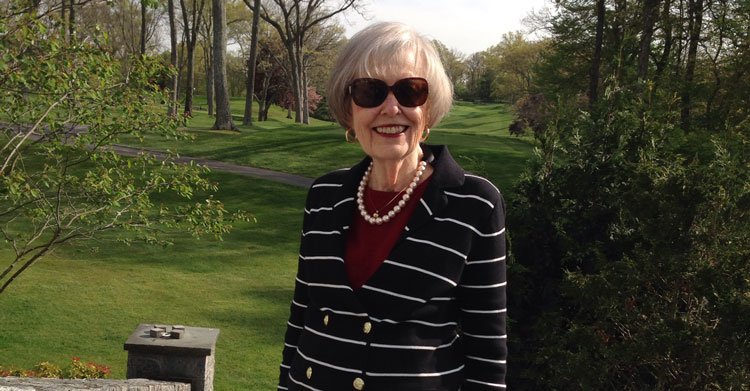Alumna Hopes UConn Nation Can Help Her

Margaret Karbovanec ’63 (ED) needs UConn Nation to know her story. It’s literally a matter of life and death.
Karbovanec, known as Peggy to her friends, graduated from UConn’s School of Education in 1963. She was among the first students to study in the school’s then-new Charles B. Gentry building, and remembers her undergraduate days with great affection.
“I had a marvelous experience with my fellow students at UConn. We were all so eager to get into a classroom. We just could not wait to teach,” Karbovanec recalled.
She got her chance, teaching third and fourth grades in Stratford, Conn. Karbovanec earned advanced degrees from the University of Bridgeport and, later, became an elementary, middle school, and finally a high school guidance counselor, helping the students of Stratford in new and meaningful ways. “I can honestly say that I loved my job and was fortunate to have found the perfect career for me!” she said. “My journey began at UConn, and I’m so grateful for that beginning.”
Retirement in 2006 meant time for reading, traveling, a little golfing, as well as caring for her elderly aunts, ages 102 and 104. But a few years into retirement, she had a life-changing conversation with her doctor. She learned she was one of 600,000 people in the U.S. with a condition known as polycystic kidney disease (PKD).
“PKD is a hereditary disease in which cysts form in the kidney, causing the kidney to enlarge and eventually leading to complete kidney failure,” Karbovanec explained. “I have been put on the list for a deceased donor kidney, but the wait is very long. I have been encouraged to seek a living donor and to do so before dialysis is necessary because a living donor offers the better chance of survival.”
At the time of her diagnosis, her kidney function had dropped to 20 percent. By early March, it had dropped to 13 percent. Dialysis will be necessary, but there is hope. A living kidney donor would, quite literally, be a lifesaver.
“In situations like this, you reach out to all your circles. Friends and family, of course, but other communities in your life as well,” she said. “For me, that includes my alumni community at UConn. I hope someone in UConnNation will read this and it will spark an idea that they could help save a life—if not mine, then someone else’s.”
To donate, one must be at least 18 years old and in good health. Karbovanec’s donor must be Blood Type B or O, but even if they are not a compatible blood type, they can be paired in a kidney exchange. In this program a “kidney swap” occurs when a living kidney donor is incompatible with the recipient and so exchanges kidneys with another donor/recipient pair.
“The feeling of satisfaction for the donor is a very positive, psychological experience, knowing that he or she has helped save the life of someone in need,” she said. “There is no way to measure this benefit, but it is very real to the people who experience it.”
If you are interested in becoming a living donor, get all the details and contact information at www.kidneyforpeggy.com
